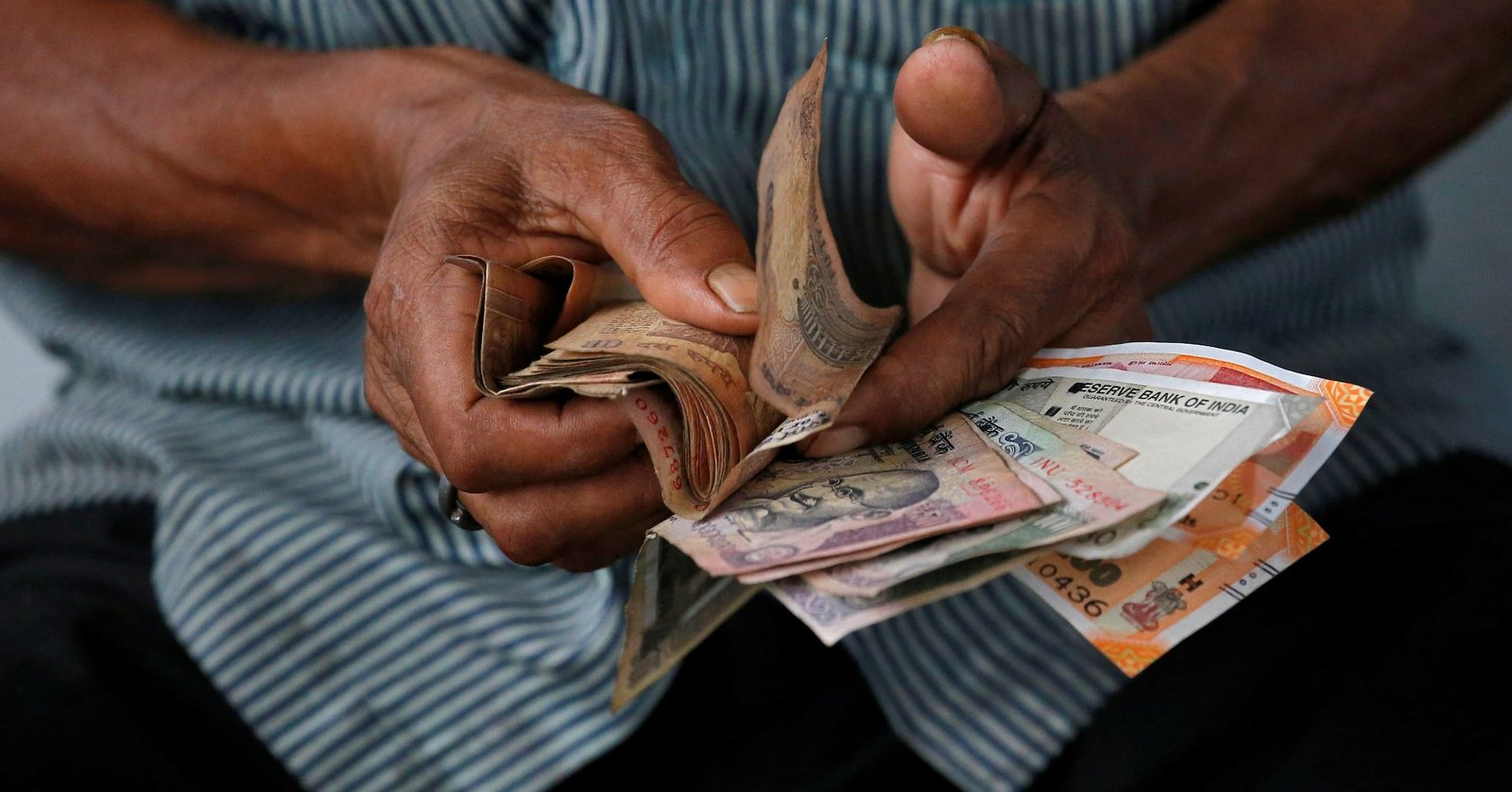A Cuban influencer known as Izygamer5 recently shared her harrowing experience of being attacked by an elderly man while waiting in line to obtain a “Clásica” card in Cuba, a crucial tool for purchasing food and fuel with Freely Convertible Currency (MLC). In a video, she recounted the incident that took place at a CADECA office (Casas de Cambio, S.A), where the confrontation unfolded.
She described the situation, stating, “There was a huge line, but the cashier told me, ‘Those with the Clásica card don’t need to queue. Just come in.'” Trusting this information, she attempted to proceed directly, only to be confronted by an older man who insisted on his place in line. “He said to me, ‘You’re not going in; it’s my turn. I’ve been here since 5 AM,'” she shared in her TikTok broadcast.
Despite her efforts to explain her priority, the elderly man refused to accept her explanation and resorted to hitting her with a cane, resulting in a noticeable bruise on her eye. “He hit me with a stick… look at what he did to my eye,” she revealed, removing camera filters to show the injury.
The influencer admitted that she had refrained from appearing online in recent days to avoid displaying her injured face and mentioned that she’s been compelled to wear sunglasses constantly since the incident. “I couldn’t retaliate because he’s an older person,” she added, lamenting her inability to respond or call the police due to the assailant’s vulnerability.
Throughout her narrative, she also expressed frustration over the dire state of waiting lines in Cuba and the growing social tension. “Older people are becoming more violent than the younger ones in this country,” she remarked.
She sarcastically commented on the ordeal, saying, “Look what the Clásica card cost me. Now let’s see who will be brave enough to recharge it because I’m not recharging anything.”
The “Clásica” Card and Its Role in Cuban Tensions
The “Clásica” card is a financial product introduced by the Cuban regime through state-run corporations CIMEX and FINCIMEX, both under the control of the military conglomerate GAESA. It is a prepaid card that can only be recharged with U.S. dollars, designed for purchasing food, hygiene products, fuel, and other goods in state-operated stores and service stations that transact in MLC.
Since its launch in January 2024, access to this card has been fraught with lengthy lines, logistical issues, and public complaints, as highlighted by the influencer’s experience. Although advertised with supposed discounts and benefits, its usage is restricted to individuals with access to foreign currency or remittances, excluding most Cubans who earn in Cuban pesos (CUP).
Moreover, the card cannot be recharged with euros or other foreign currencies, and its balance is non-refundable if the holder leaves the country. Currency can only be withdrawn in CUP, allowing the regime to maintain control over the flow of foreign currency without risking the loss of dollars from the island.
Recently, Miguel Díaz-Canel’s government has intensified social media and official media campaigns to promote the card’s use, even launching promotions for occasions like Valentine’s Day. However, various voices in the economic and social spheres warn that this model of “partial dollarization” exacerbates social inequalities by shifting more basic goods to the foreign currency market and limiting purchase options in the national currency.
This backdrop partly explains the tense atmosphere at CADECA offices, where these cards are processed. The conflict shared by the influencer is not an isolated incident but a reflection of a societal reality marked by scarcity, economic exclusion, and the diminishing value of the CUP as a functional currency.
Understanding the “Clásica” Card and Its Impact
What is the purpose of the “Clásica” card in Cuba?
The “Clásica” card is designed to facilitate the purchase of food, hygiene products, fuel, and other goods in Cuban state-operated stores and service stations that use Freely Convertible Currency (MLC).
Why does the “Clásica” card create tension in Cuba?
The card contributes to social tension because it is only accessible to those with foreign currency, excluding most Cubans who earn in pesos. This exacerbates economic disparities and restricts access to basic goods.
How does the “Clásica” card affect currency flow in Cuba?
The card only allows transactions in U.S. dollars, with withdrawals limited to Cuban pesos, helping the regime control foreign currency flow while preventing dollars from leaving the island.




